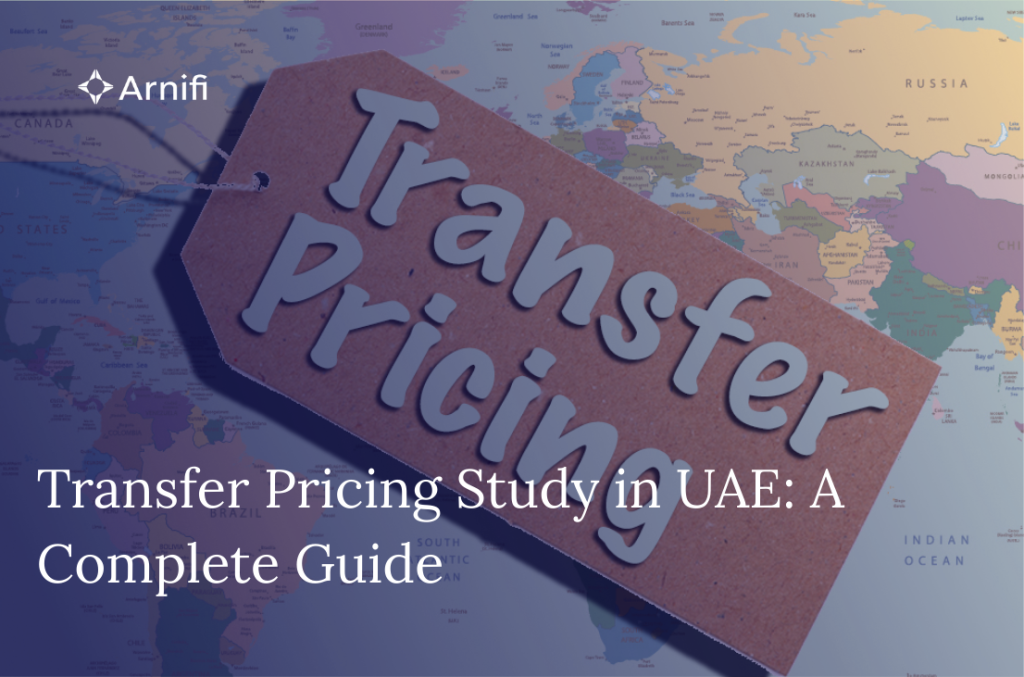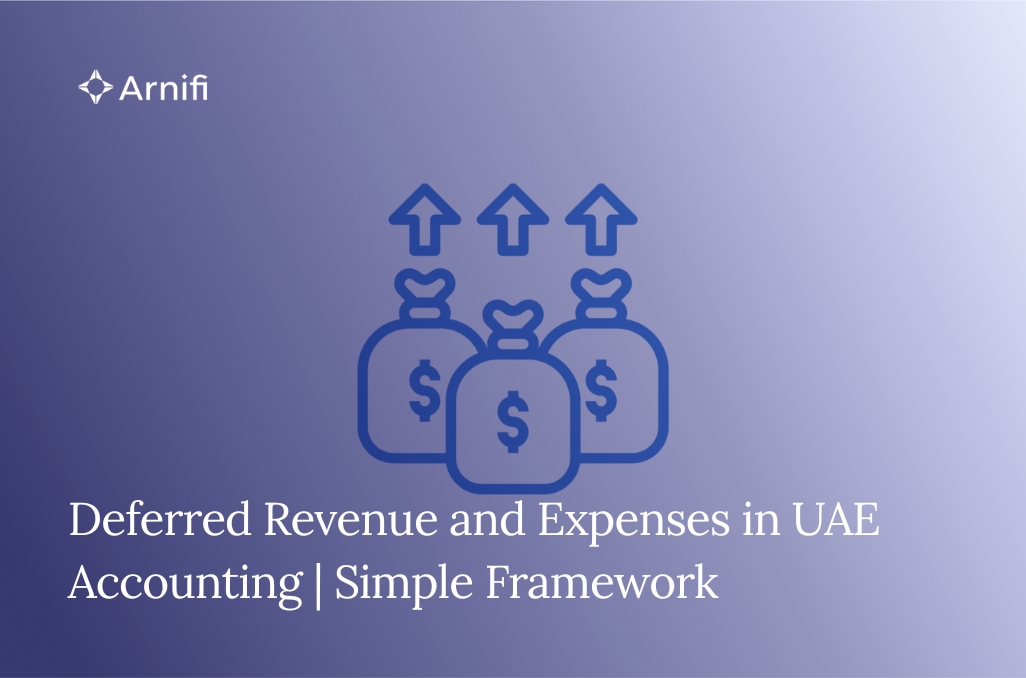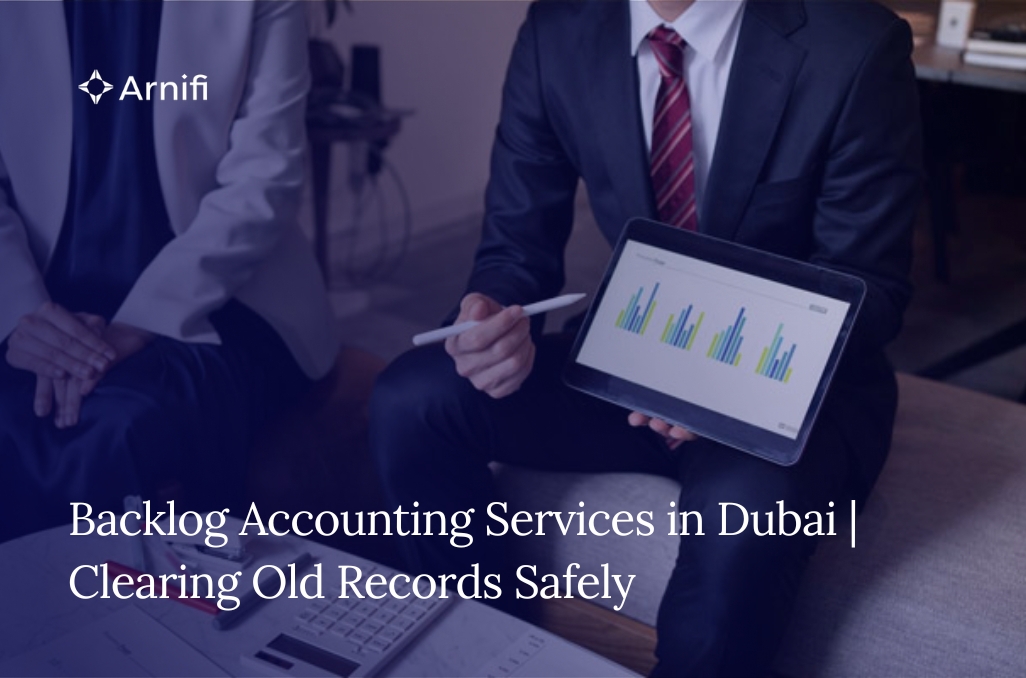Transfer Pricing Study in UAE | A Complete Guide
by
Shethana
Nov 22, 2025  6 MIN READ
6 MIN READ

The transfer pricing study in UAE is no longer optional paperwork. Under the UAE Corporate Tax Law and follow-on decisions, related-party prices must meet the arm’s-length standard.
Table of contents
- What Counts as Transfer Pricing in the UAE?
- When Documentation and Forms are Required?
- Assets and Risks Associated With Transfer Pricing Study in UAE
- Benchmarking Steps That Can Be Re-Used Each Year
- Get The Disclosure Form Right The First Time
- What to Prepare for Study and Files?
- Free Zone, Mainland, and Group Explained
- How a UAE Transfer Pricing Study Supports The Corporate Tax Return?
- Manage Year-End With a Simple Operating Framework
- Common Errors That Create Risk
- How Does Local Expertise Help With Transfer Pricing Study in UAE?
- Conclusion
Taxpayers may need a disclosure form plus OECD-style master and local files. Getting this right protects deductions, avoids adjustments, and keeps returns smooth.
Let’s learn more from this step-by-step guide that aligns with the UAE corporate tax framework and the Federal Tax Authority’s transfer pricing guidance.
What Counts as Transfer Pricing in the UAE?
Transfer pricing covers any in-group charge for goods, services, financial transactions, intellectual property, or support functions between related parties and connected persons.
The law follows the arm’s-length principle: your intercompany price should match what independent parties would agree in similar circumstances.
In practice, that means clear contracts, functional analysis, and benchmarking to defend margins or rates that sit within a reliable market range.
When Documentation and Forms are Required?
In the UAE, transfer pricing paperwork stays in three layers. One is a short disclosure that goes with the corporate tax return. The next layer is detailed files that explain related party deals. The last layer is country-by-country reports for very large groups.
File the disclosure form when related party income and costs cross the limits set in the rules. Keep a master file and local file ready when the revenue or group size passes the threshold for full transfer pricing documentation.
Large groups that meet the size test also file country-by-country reports. If the tax authority asks for any file, it must be sent within the time stated in their notice.
Documentation Deadlines and Thresholds
Transfer Pricing Disclosure Form: filed with the corporate tax return when related-party totals and category thresholds are met.
Master File and Local File: required annually if UAE turnover exceeds AED 200 million or the group is in scope of country-by-country reporting (greater than or equal to AED 3.15 billion global turnover). Provide to the FTA within 30 days when requested.
Country-by-Country Reporting: applies to MNE groups at the AED 3.15 billion level.
These thresholds and timelines come from the UAE ministerial decision on transfer pricing documentation and the FTA transfer pricing guide.
Assets and Risks Associated With Transfer Pricing Study in UAE
Start with a functional analysis. Who does what, using which assets, and bearing which risks? Map procurement, manufacturing or sourcing, distribution, marketing, IT, financing, and IP ownership. This analysis anchors your selection of the tested party and the pricing method.
For routine service or distribution entities, test the UAE company and benchmark a cost-plus or return-on-sales margin. For financing, a CUP-style interest test may be more reliable. Keep narratives simple and consistent with contracts, board minutes, and management reports.
Benchmarking Steps That Can Be Re-Used Each Year
- Define the tested party and pick the profit level indicator (e.g., EBIT margin, operating margin, mark-up on total costs).
- Screen external databases using activity codes, geography, size filters, and persistence of profits.
- Clean the sample: remove outliers, different business models, and companies with red-flag disclosures.
- Compute the arm’s-length range and test your actual results against it; explain any year-specific variances.
Get The Disclosure Form Right The First Time
The disclosure is a risk filter for the tax authority. Categories like goods, services, and interest are reported above defined thresholds, and payments to connected persons are separately flagged.
Ensure totals reconcile to your ledger, and that counterparty lists, contract IDs, and currencies match your source systems.
Inconsistencies in names, amounts, or categories often trigger clarifications, so a pre-filing tie-out between finance, tax, and legal saves time.
What to Prepare for Study and Files?
- Intercompany agreements that match how the business really works.
- A clear write-up of functions, assets, and risks; organization charts; and system screenshots for roles and approvals.
- Segmented management accounts that tie to audited financials.
- Evidence for any year-specific adjustments (capacity changes, market shocks, one-off projects).
- Benchmarking workpapers, search strings, and a defensible range with arithmetic you can reproduce.
Free Zone, Mainland, and Group Explained
Operating under a free-zone regime? Preferential rates do not remove transfer pricing obligations. Still, pricing related-party transactions at arm’s length and supporting them with documentation is necessary.
For tax groups, remember the disclosure form and documentation rules apply based on the thresholds, and intra-group eliminations do not erase the need to show that prices would have been acceptable between independent parties.
Keep a single policy that covers mainland and free-zone entities so year-end computations do not conflict with transfer pricing positions.
How a UAE Transfer Pricing Study Supports The Corporate Tax Return?
Transfer pricing study supports deductions for services, validates distributor margins, defends financing costs, and explains why management-fee mark-ups are appropriate.
It also feeds the disclosure form and the notes to the financial statements. Finish the study before finalizing the return so disclosures, adjustments, and supporting schedules showcase the same metrics. This alignment reduces clarification letters and speeds up assessments.
Manage Year-End With a Simple Operating Framework
- Quarterly reviews: compare actual margins to your tested range and adjust before year-end.
- True-ups: book modest adjustments through agreed intercompany mechanisms to stay within range.
- Evidence log: archive contracts, board approvals, and working papers by period so the 30-day clock is never a concern.
- Change control: record restructurings, IP moves, or service-scope changes and refresh the study when facts change.
Common Errors That Create Risk
Common errors include contracts that do not match the actual flow of work, mark-ups applied to the wrong cost base, segment data that cannot be tied to the audit trail, and disclosure forms that do not reconcile to ledgers.
Another common mistake is ignoring connected-person payments below service thresholds but above connected-person screens. A clean calendar and a single, indexed archive fix most of these weaknesses before they become findings.
How Does Local Expertise Help With Transfer Pricing Study in UAE?
Arnifi’s accounting and bookkeeping services in UAE makes transfer pricing work part of normal finance, not a separate one time project.
Local specialists understand how the Federal Tax Authority looks at related party pricing in Dubai and how free zone rules affect that view. We help pick practical methods and run benchmarking with clean data pulled out of your ledgers.
Conclusion
The UAE framework is clear: apply the arm’s-length principle, file accurate disclosures, and maintain robust master and local files when thresholds are met.
If you set your policy, test results during the year, and finish the study before signing the return, your position remains predictable.
That is what an effective UAE Transfer Pricing Study delivers, defensible numbers, fewer clarifications, and a smoother compliance season under the corporate tax regime.
Top UAE Packages

Related Articles
Top UAE Packages



